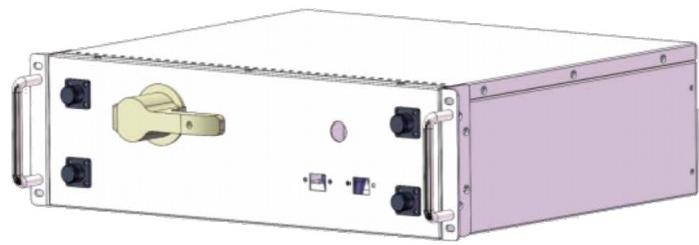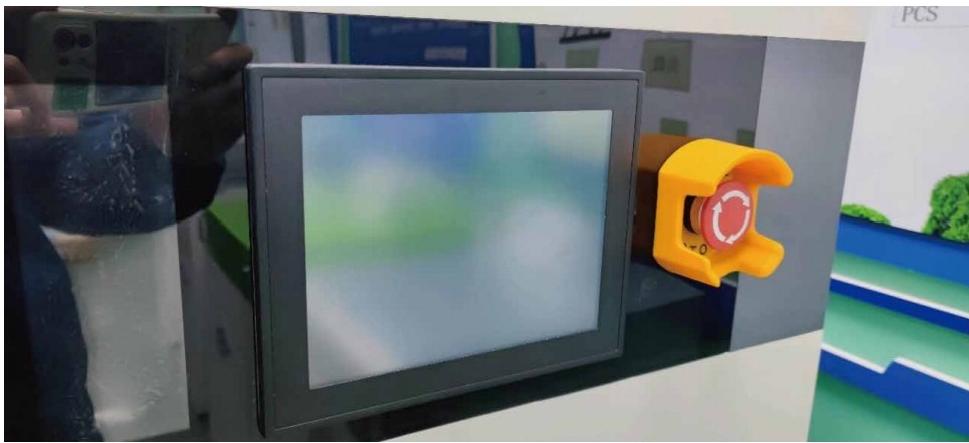Applications of Solar System Battery Storage
As global renewables penetration soars, a robust solar battery energy storage system (BESS) has become indispensable for utilities, commercial enterprises, and critical‑infrastructure operators. By combining advanced lithium‑ion or LFP chemistries with intelligent Energy Management Systems (EMS), today’s solar battery storage system delivers grid‑grade performance, peak shaving, and uninterruptible power—all while maximizing return on investment.
1. Grid Balancing & Ancillary Services
1.1 Frequency Regulation
A utility‑scale solar and battery storage system provides sub‑second response to frequency deviations, meeting stringent grid code requirements (e.g., NERC PRC‑024). Fast‑acting inverters modulate real and reactive power, helping Independent System Operators (ISOs) stabilize 50/60 Hz frequency and earn ancillary‑service revenue.
1.2 Voltage Support & VAR Compensation
Integrated STATCOM‑capable inverters in a solar battery energy storage system dynamically supply or absorb VARs, maintaining voltage within ±5 % of nominal. This enhances feeder stability, reduces line losses, and defers costly substation upgrades.
2. Renewable Integration & Energy Arbitrage
2.1 Intermittency Mitigation
By storing surplus PV output during peak irradiance and dispatching on cloudy or nocturnal periods, a solar battery storage system smooths power curves and reduces curtailment. State‑of‑charge (SoC) algorithms optimize depth‑of‑discharge (DoD) to prolong cycle life beyond 10 000 cycles.
2.2 Peak Shaving & Load Leveling
Commercial and industrial (C&I) customers deploy solar and battery storage systems to cap demand at tariff thresholds. Automated EMS logic charges batteries during off‑peak hours (low tariff) or excess solar, then discharges at peak rates—achieving 20–40 % reduction in demand charges.
2.3 Energy Arbitrage & Demand Response
Leveraging time‑of‑use (ToU) and real‑time pricing, a solar battery energy storage system buys low and sells high—maximizing revenue streams. Integration with grid‑operator demand‑response programs yields additional incentives for curtailing load during system stress events.
3. Backup Power & UPS Functionality
3.1 Seamless Transition
Unlike diesel gensets, a solar battery storage system delivers true zero‑transfer‑time switchover. Critical loads—data centers, hospitals, telecom nodes—remain online through grid outages, thanks to fast‑acting static transfer switches and inverter redundancy.
3.2 Load Prioritization & Black‑Start
Advanced EMS can sequence loads by criticality, preserving SoC for life‑safety circuits. In microgrid configurations, the solar and battery storage system can even black‑start generation assets, restoring local power without grid support.
4. Industrial & Commercial Demand Management
4.1 Peak Demand Reduction
High‑draw manufacturing facilities leverage a solar battery energy storage system to shave spikes from heavy machinery start‑ups. This reduces capacity charges and smooths power factor, often achieving ROI within 3–5 years.
4.2 Tariff Optimization
An intelligent solar battery storage system monitors ToU and real‑time rates, dynamically charging/discharging to exploit tariff differentials. Combined with onsite PV, this hybrid system maximizes self‑consumption and minimizes grid procurement.
5. Emerging Applications
Microgrids & Off‑Grid Systems: In remote communities, a standalone solar and battery storage system paired with backup gensets achieves >90 % renewable penetration.
EV Charging Hubs: Fast‑charge stations integrate BESS to buffer grid impact and enable peak‑power sharing between chargers.
Virtual Power Plants (VPPs): Aggregated solar battery storage systems across rooftops participate in wholesale markets, providing scalable flexibility.
Conclusion
From grid ancillary services to C&I demand management, a professionally engineered solar battery energy storage system or solar battery storage system unlocks reliability, resilience, and revenue. By selecting the right chemistry, inverter topology, and EMS controls, stakeholders can future‑proof their energy assets and achieve optimal Levelized Cost of Storage (LCOS).








































